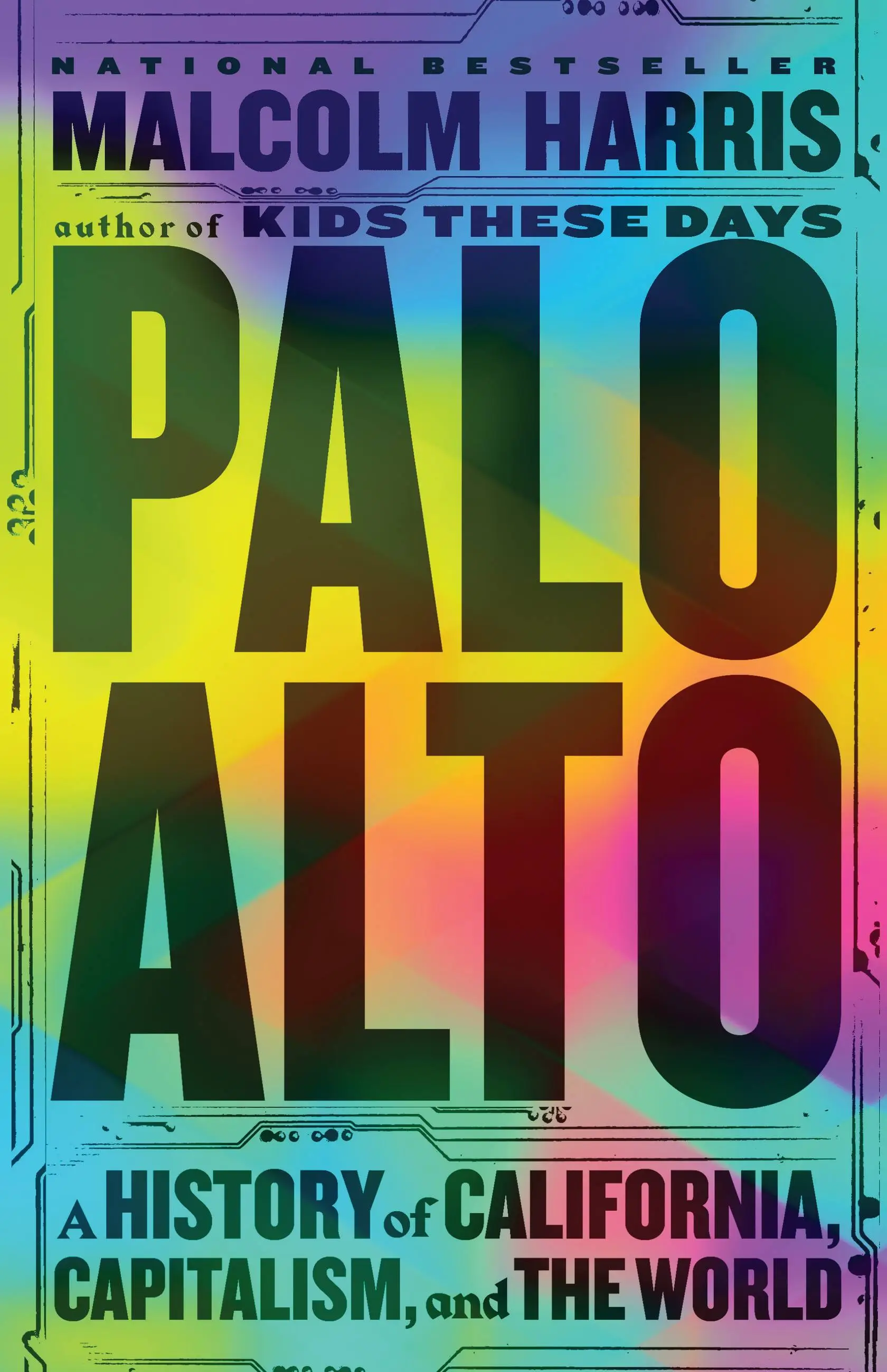Railroads were never all that interesting to Stanford, and in this grassy expanse he finally found something worth his time: horses. He poured money into the South Bay ranch, which he named the Palo Alto Stock Farm, hiring dozens of workers to equip the stables. By the end of the 1880s, the stock farm had nearly 800 horses and a staff of 150 spread over 11,000 acres, the largest and finest institution of its kind in the world. Shipping horses back and forth to the West Coast from the farms of Kentucky and the markets of New York might have been a prohibitive expense for most, but not for Stanford the railroad man.
As his writing at the time shows, Leland Stanford saw himself as engaged in a serious scientific campaign regarding the improved performance of the laboring animal—hippology, or equine engineering. For Stanford the capitalist, the horses were productive biological machines, and in races he could analyze their output according to simple, univocal metrics. The trotters he raised raced with carriages behind them, restrained below a gallop to simulate a horse at work, not play. Faster horses were better horses, and if he could master the production of better horses, then he could improve the country’s capital stock. Stanford figured that if through the application of scientific methods he could build a program that would raise the value of the average horse by $100, that would be worth $1.3 billion—more than $30 billion today—to a country with 13 million horses.
Stronger, more durable horses led carriages and bigger plows faster and for longer, which reduced the costs of production and increased social circulation in unimaginable ways. Horses were the dominant mode of local transportation (especially during the dreaded “last mile” stage of delivery, which remains a problem for tech giants to this day). They were the military’s most important weapon and the chief source of agricultural power. The country was deeply dependent on them, as was demonstrated when a wave of equine influenza in the winter of 1872–73 infected roughly 100 percent of urban horses, killing more than 1 percent and temporarily debilitating the rest. The Great Epizootic ground eastern cities to a halt, stopping the horse-drawn boats on the Delaware, Hudson, and Erie Canals in addition to virtually all local transport. New York City streetcar operators had to drag the cars themselves, and much of Boston burned down when sick horses were too tired to pull fire engines.
